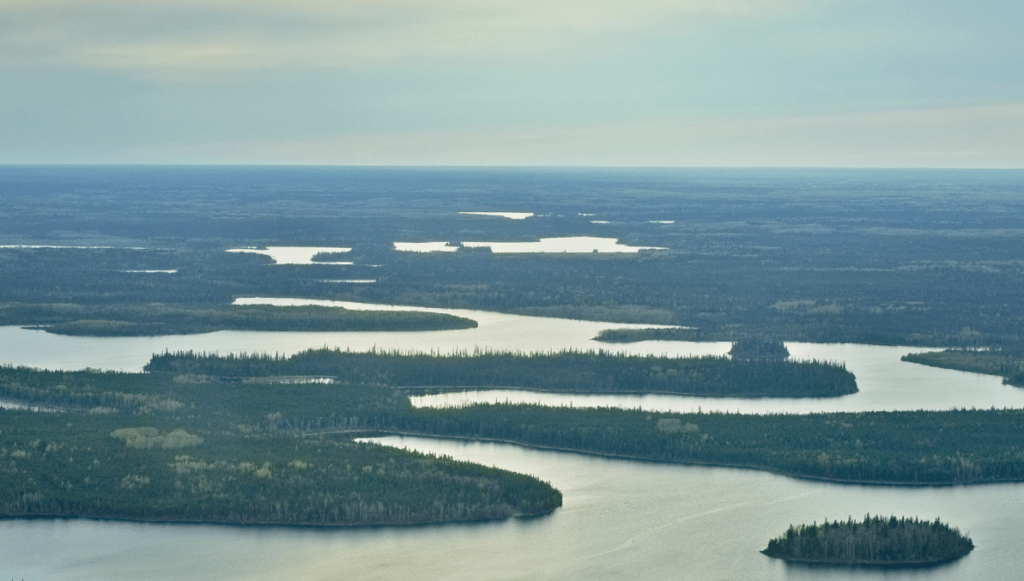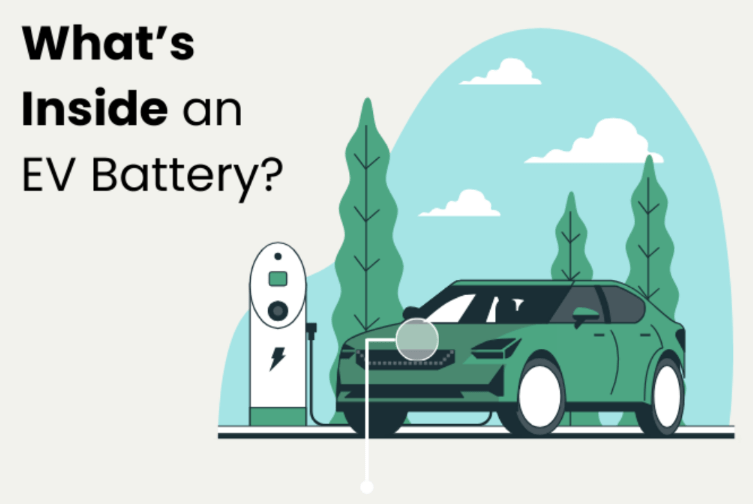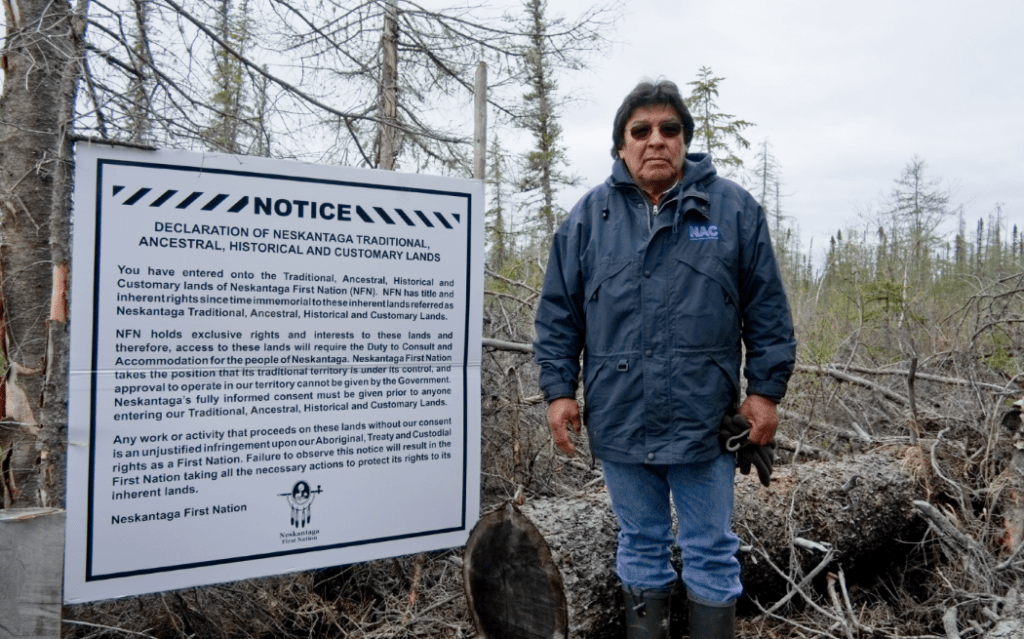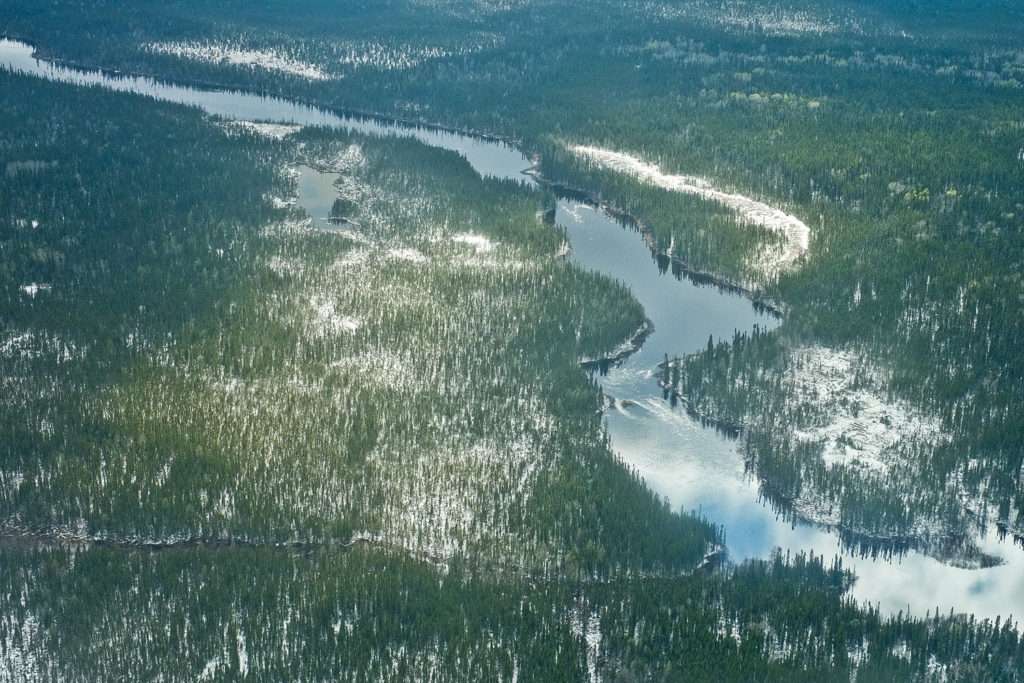What is the Ring of Fire?
By: Saima Desai | In the far north of what’s currently known as Ontario, in an area covered by Treaty No. 9, lies the Hudson Bay Lowlands, an area roughly the size of Germany speckled with ponds, lakes, and rivers. Over thousands of years, plants growing in the waterlogged earth would die, never fully decomposing and instead becoming part of a rich, spongy layer of peat. Local First Nations call it the “breathing lands,” referring to the immense amounts of carbon that the peatlands absorb from the air. Rare and threatened plants and animals call the lowlands home: caribou, wolverine, and lake sturgeon.
What is the Ring of Fire? Read More »



